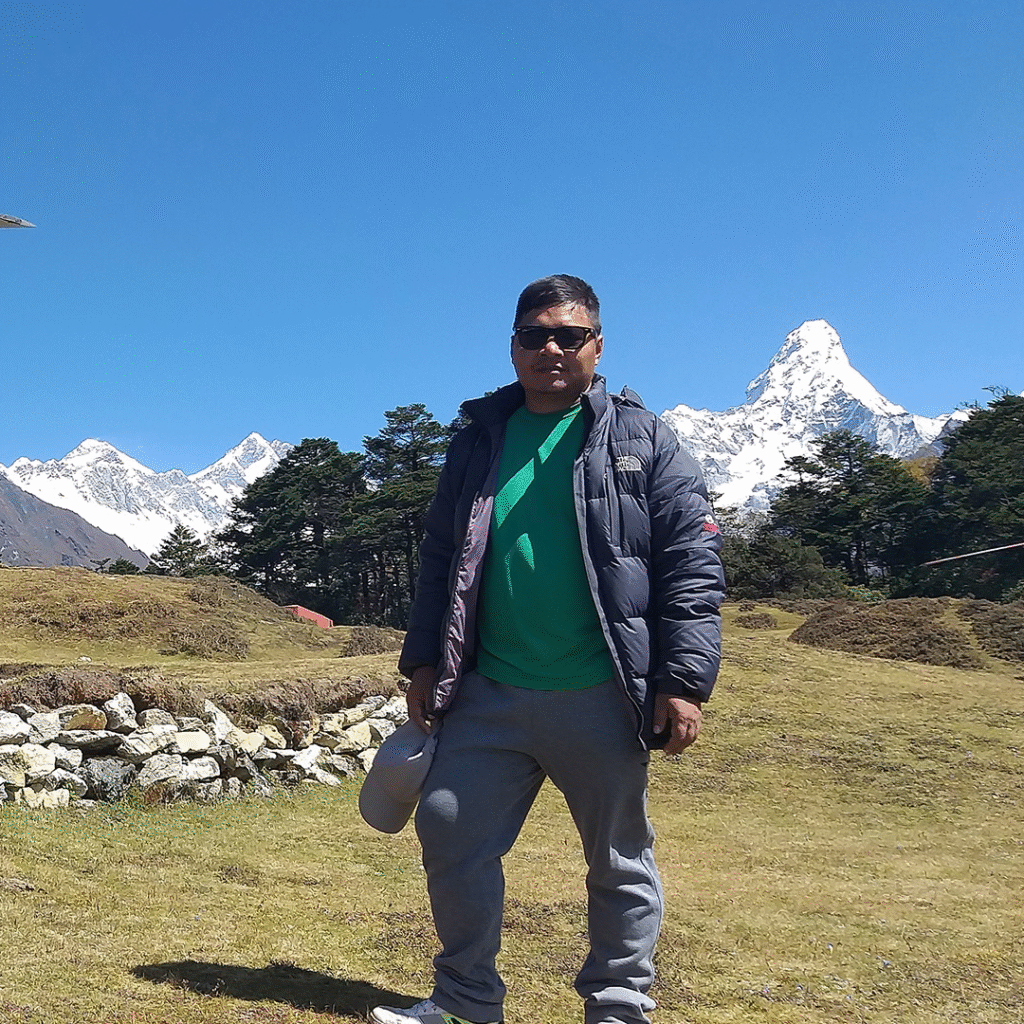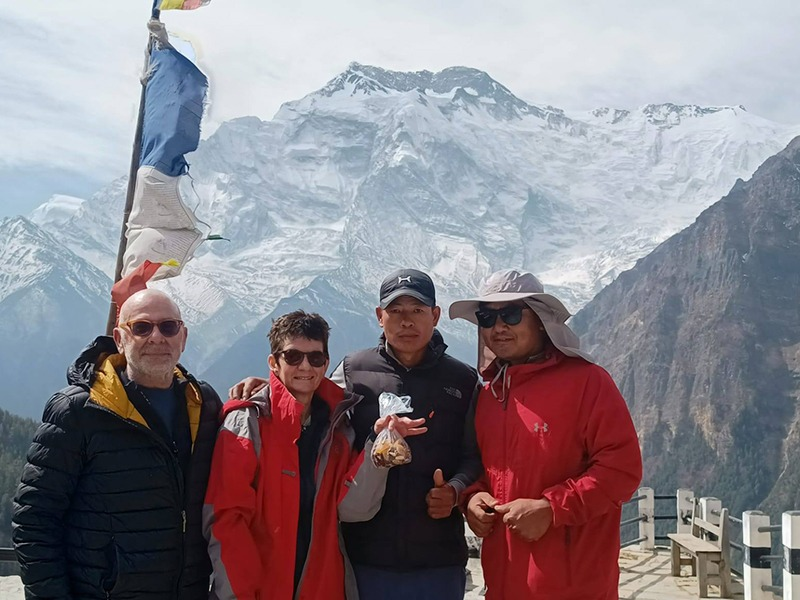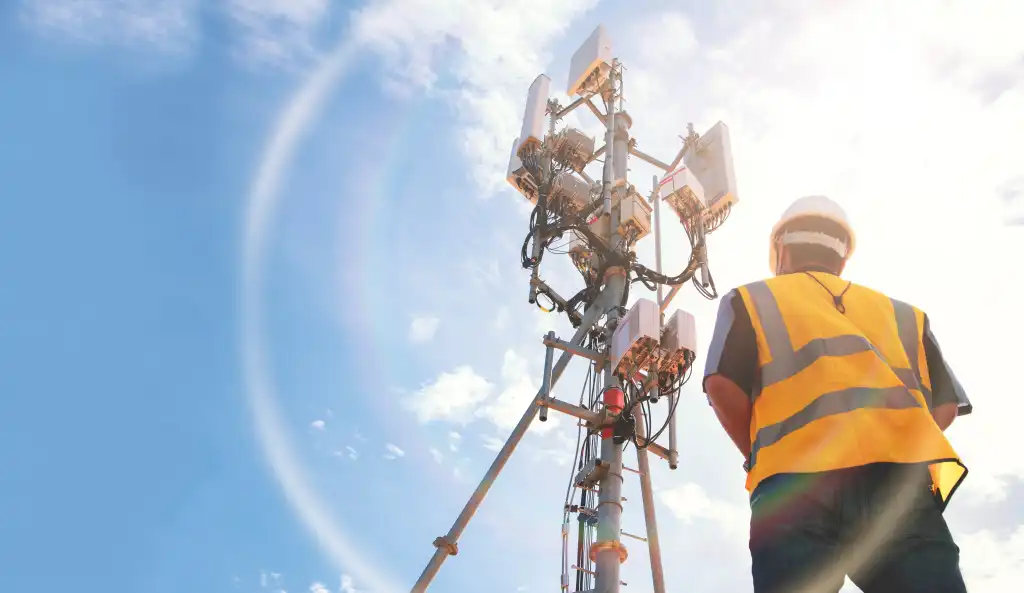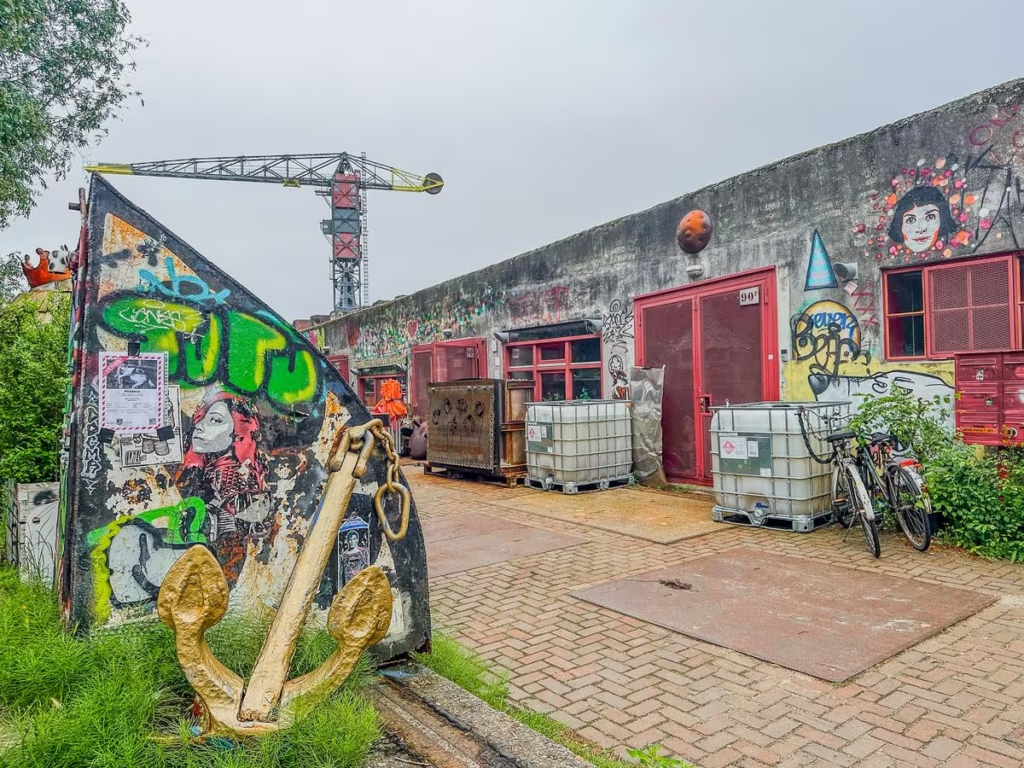Some journeys feel like they just happen to you. This one is not one trip. It’s three. Three trails that don’t need fancy words to shine. Annapurna Circuit, Everest Three Passes, and Pikey Peak. Each got its own breath, its own smell, and its own way of showing mountains. Put them together, and you feel like you’ve been walking through the whole soul of Nepal. Cold winds. Warm tea. Big peaks and bigger silences.
The first thing you should know. This isn’t a trip for rushing. It’s for days that stretch. For legs that get tired and still keep going. For mornings that wake you before the sun even touches the valleys. And it’s not just about the mountains, though they are everywhere. It’s the little paths between fields, the wood smoke in the air, and the kids that wave from stone houses. You walk long enough, and you feel you are part of the place.
Annapurna Circuit Trek
Annapurna Circuit Trek is like reading a thick book where every chapter has new weather. You start low, warm, and green. You end up high where nothing grows, but the air feels sharp and clean. Villages change. Faces change. You hear one language here, another there.
The trail wraps around the Annapurna massif. That means you get mountains from every side. One day you see them straight ahead, the next day behind your shoulder, and another day above your head so close you think they are leaning in. The big moment is Thorong La Pass. 5,416 meters. Sounds like a number, but on the ground it’s a thin line between earth and sky. Wind will slap you there. Breathing gets short. But the view—it’s like the world has no edges.
Days on the circuit, you eat dal bhat more than anything. And it’s never the same twice. Each lodge makes it a bit different. The potatoes taste of the field next to the trail. The tea is always hot enough to wrap your hands around.
You’ll pass Manang, where people rest for altitude. Some just wander the flat paths to keep their legs moving. The blue lake above, Gangapurna, is quiet except for the sound of small rocks falling somewhere far. From there, the climb starts to feel serious. Yak bells. Dry wind. Boots crunching frozen dirt. Then Thorong La, and down into the Muktinath side, where the air feels soft again.
Everest Three Pass Trek

If the Annapurna Circuit is a round walk, the Everest Three Pass Trek is a knot. You don’t just go up and down. You cross three high passes—Kongma La, Cho La, and Renjo La. Each one is different. Each one with its own bite.
The Khumbu has a way of making you feel small even before you reach the high parts. Namche Bazaar is the first place you feel the air getting thinner. It’s also where trails branch like roots. Sherpa houses are built strong against the hill. Shops selling everything from warm gloves to Snickers bars.
The first pass, Kongma La, feels wild. No lodges right on it. Just rock and snow and wind that sneaks inside your jacket. Cho La is steep on both sides, and you might have to step over ice. Renjo La, though… That one opens up like a gift. You see Gokyo Lakes from high above, green-blue water shining like it’s lit from under.
This trek’s got Everest Base Camp too, if you make the side trip. Standing there, you don’t see the peak, but you feel it. The icefall moves, and cracks echo across the valley. Climbers look small, their tents bright dots on the grey glacier.
Nights in Khumbu lodges are cold. You sit close to the stove in the middle, heat coming from dried yak dung burning slowly. People share stories—some funny, some just tired words—before they head to their sleeping bags.
Pikey Peak Trek

Pikey Peak Trek is not the highest, nor the hardest. But it’s got something no one expects until they stand there. The view is a full sweep—Everest, Kanchenjunga, Makalu, and Annapurna—all in one long horizon. Sir Edmund Hillary once said it’s his favorite view of Everest. You believe him when you see it.
This trek starts quietly. Villages are small. Trails soft underfoot. You might walk whole hours and only hear your boots and birds. In spring, rhododendrons set the hills on fire with red and pink. In autumn, the air feels sharp and clean.
The climb to Pikey Peak itself is not so long, but you start early. Before dawn. Headlamp light on rocks. Then the first pale blue of morning. You reach the top just as the sun rolls up behind the mountains, and the whole skyline catches gold. You forget the cold because you can’t stop staring.
The lodges here feel more homely than touristy. Simple food, simple rooms. People talk less but smile more. And when night comes, the stars look like they fell closer to earth.
Why These Three Together Feel Like One Story
They don’t connect by one trail, but they connect in the way they fill you. Annapurna gives you the big arc—climates and cultures shifting under your feet. Everest Three Passes gives you the test—high passes that make you earn each view. Pikey Peak gives you the surprise—a view worth more than the climb suggests.
Doing them all is like tasting three different kinds of the same fruit. Sweet in one bite, sharp in another, soft in the last. And each time, the mountains are there, different faces of the same giants.
The Feel of the Trails
You notice small things more than the big. The way a prayer flag snaps in the wind. The smell of pine when the sun warms the path. Dogs lying in the middle of the trail like they own it. You see porters carrying loads that make you ashamed to complain about your backpack.
Some days the clouds roll in and hide everything. You walk in a grey world, and it’s just you and your breath. Then they open for a minute, and a peak jumps out so clear it feels unreal. You learn quickly—don’t waste the clear moments. Stop, look, remember.
Food, Sleep, and People
On all three treks, food is simple but fits the place. Dal bhat, noodle soup, and Tibetan bread. In Annapurna, you get apple pie in some villages. In the Everest region, maybe a chocolate cake is baked slowly in a solar oven. Pikey Peak side, fresh potatoes and greens from the garden.
Sleeping is basic—wooden beds, thin mattresses, heavy blankets. In cold places, you sleep in your clothes. But you sleep deep, tired in a good way.
People along the trails don’t rush. They’ve seen trekkers for years, but they still greet you. Kids run alongside for a bit. Old women smile from their porch. You hear “Namaste” a hundred times a day, and somehow it never feels too many.
The Hard Parts
You’ll feel altitude. Legs will burn. Some mornings you don’t want to put your boots back on because they’re still cold. The wind will take the heat right out of you. On the passes, each step feels slower than it should.
But the thing is—these moments are part of it. Without them, you wouldn’t remember the warmth of tea, the joy of downhill, or the quiet of a valley at rest. The hard parts are the bones of the journey.
The Reward That Stays
Back home, you’ll try to explain it. Show photos. Tell stories about high passes and golden sunrises. But it’s the small memories that stick the hardest. The sound of yak bells. The smell of juniper smoke in a cold lodge. The feel of your boots sinking into snow and knowing you’re far, far from anywhere else.
The Annapurna Circuit, Everest Three Passes, and Pikey Peak—they’re not just walks. They’re days stitched together by steps, each one making the map in your head bigger and smaller at the same time. Bigger because you’ve seen so much. Smaller because the mountains make you feel how little you are.
And that’s why you go. Not to conquer, not to tick boxes, but to walk the roof of the world and feel it walk a little inside you too.
Contact Details
Company address: Everest Trekking Routes Pvt. Ltd.
16 Khumbu, Nayabazaar, Kathmandu, Nepal
Mobile : +977-9843467921 (Rabin)
Email: info@everesttrekkingroutes.com
URL:- www.everesttrekkingroutes.com




